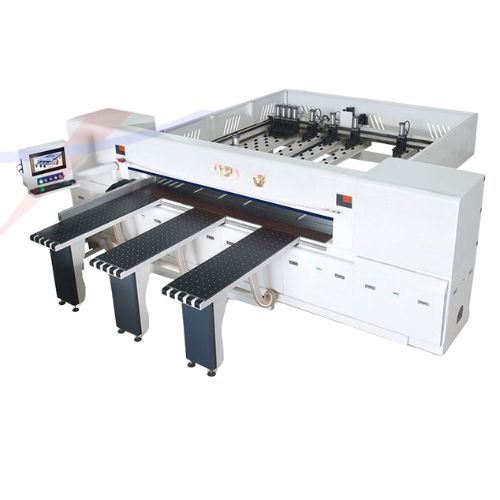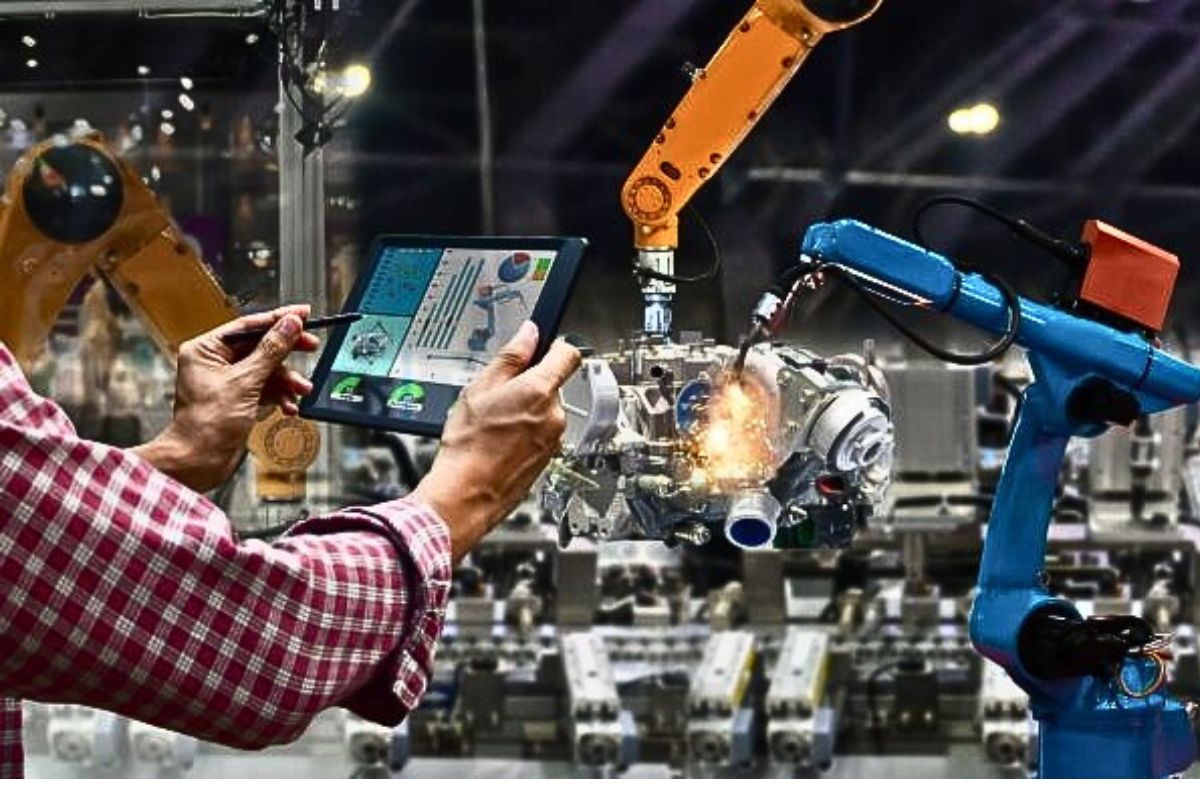-
-
-
Total payment:
-

Digital Transformation in the Packaging Industry: Benefits and Challenges
Posted by Kiều Trang at 19/11/2024
Digital transformation is not just a trend but a critical factor for survival in many industries today, and the packaging industry is no exception. The adoption of digital technologies in packaging production processes not only improves efficiency and reduces costs but also creates higher-quality packaging products that meet market demands more quickly. However, the journey of digital transformation in this industry also presents certain challenges.
1. Benefits of digital transformation in the packaging industry
- Improved production efficiency and reduced costs
Digital transformation helps automate many stages of the packaging production process, from design and manufacturing to quality control. Production management software (ERP) and smart management systems (IoT, AI) can monitor and optimize the production process in real time. This helps minimize errors, optimize machine capacity, reduce material waste, and ultimately reduce production costs while improving efficiency.

- Enhanced product quality
Thanks to technologies like sensors and online monitoring systems, manufacturers can easily control product quality at every stage of production. Automated inspection systems help detect defects early in the process, ensuring that the packaging products meet high-quality standards and comply with technical requirements.

- Increased flexibility and quick response to market demands
Digital transformation allows packaging manufacturers to respond quickly to customer needs and market changes. Digital printing technology, for example, enables companies to produce small batches of custom packaging designs without the need to change the entire production line. This not only helps meet the diverse demands of customers but also reduces time and costs for creating new designs.

- Data management and trend prediction
By utilizing big data analytics and artificial intelligence (AI), packaging companies can collect and analyze information from various sources, such as product data and consumer trends. Data analysis helps businesses forecast product demand more accurately, optimize inventory management, and create more precise production plans, reducing the risk of overproduction or stockouts.

- Environmental sustainability and green packaging production
Digital transformation not only optimizes production processes but also contributes to reducing environmental impact. Digital management systems help reduce waste and optimize material usage, especially in the context of growing demand for sustainable packaging. New technologies also enable the development of biodegradable or highly recyclable packaging materials, contributing to more sustainable packaging production.

2. Challenges in digital transformation in the packaging industry
High initial investment costs
Although digital transformation can provide significant long-term benefits, the initial investment required for adopting new technologies such as automation systems, software solutions, and infrastructure can be substantial. For small and medium-sized enterprises (SMEs), this can be a significant barrier to implementing digital transformation.

- Difficulty in staff training
Implementing new technologies requires the workforce to acquire new skills and knowledge to effectively use digital systems and software. Training employees to familiarize themselves with new digital tools and ensuring data security are major challenges, particularly in traditional manufacturing environments where technical skills may be limited.

- Compatibility and integration of old technologies with new systems
Many packaging companies still use legacy systems and equipment in their production processes. Integrating new digital technologies into existing systems may be difficult due to compatibility issues, leading to the need for adjustments to the production process or new equipment investments, which can be costly and time-consuming.

- Data security and protection
Digital transformation means that businesses will handle large volumes of data, including sensitive information about products, customers, and production processes. Ensuring data security and protecting against cyber threats is a significant challenge, especially as digital systems become more complex and interconnected.

- Organizational culture change
Digital transformation is not only about adopting new technologies but also about changing the organizational culture. Companies need to adjust their working methods, from management styles to communication and collaboration between departments. Changing traditional work habits and embracing change can meet resistance from employees or leadership if not approached with a clear plan and strategy.

Digital transformation in the packaging industry offers significant benefits, including optimizing production processes, improving product quality, responding quickly to market demands, and contributing to environmental sustainability. However, the process of digital adoption also presents challenges, particularly regarding initial costs, staff training, and data security. Therefore, businesses need a clear strategy, a well-defined implementation roadmap, and readiness to embrace change in order to maximize the benefits of digital transformation.
With the continuous development of technology, the packaging industry will continue to make significant strides in improving processes and products, contributing to the sustainable growth of the industry.










